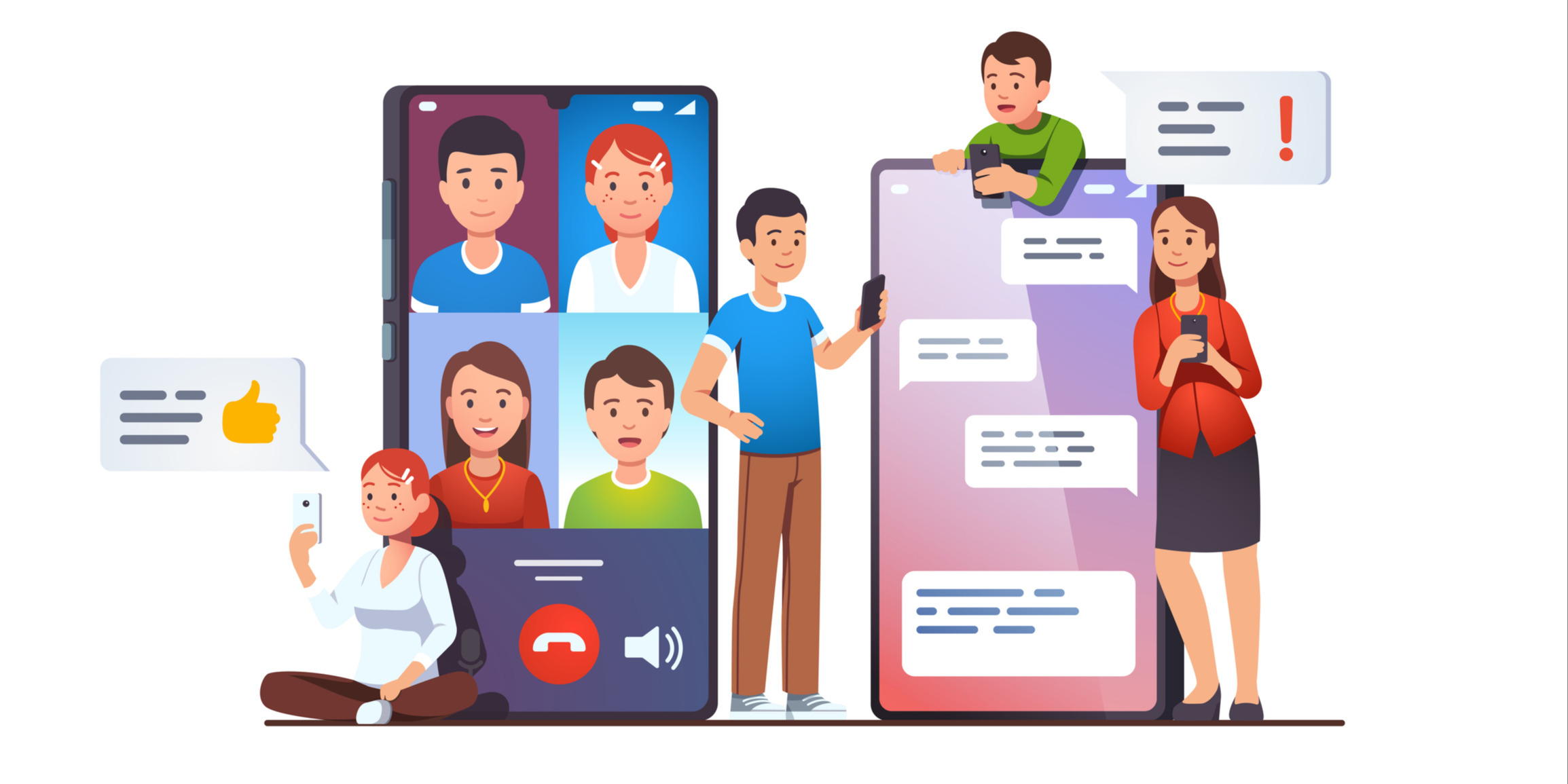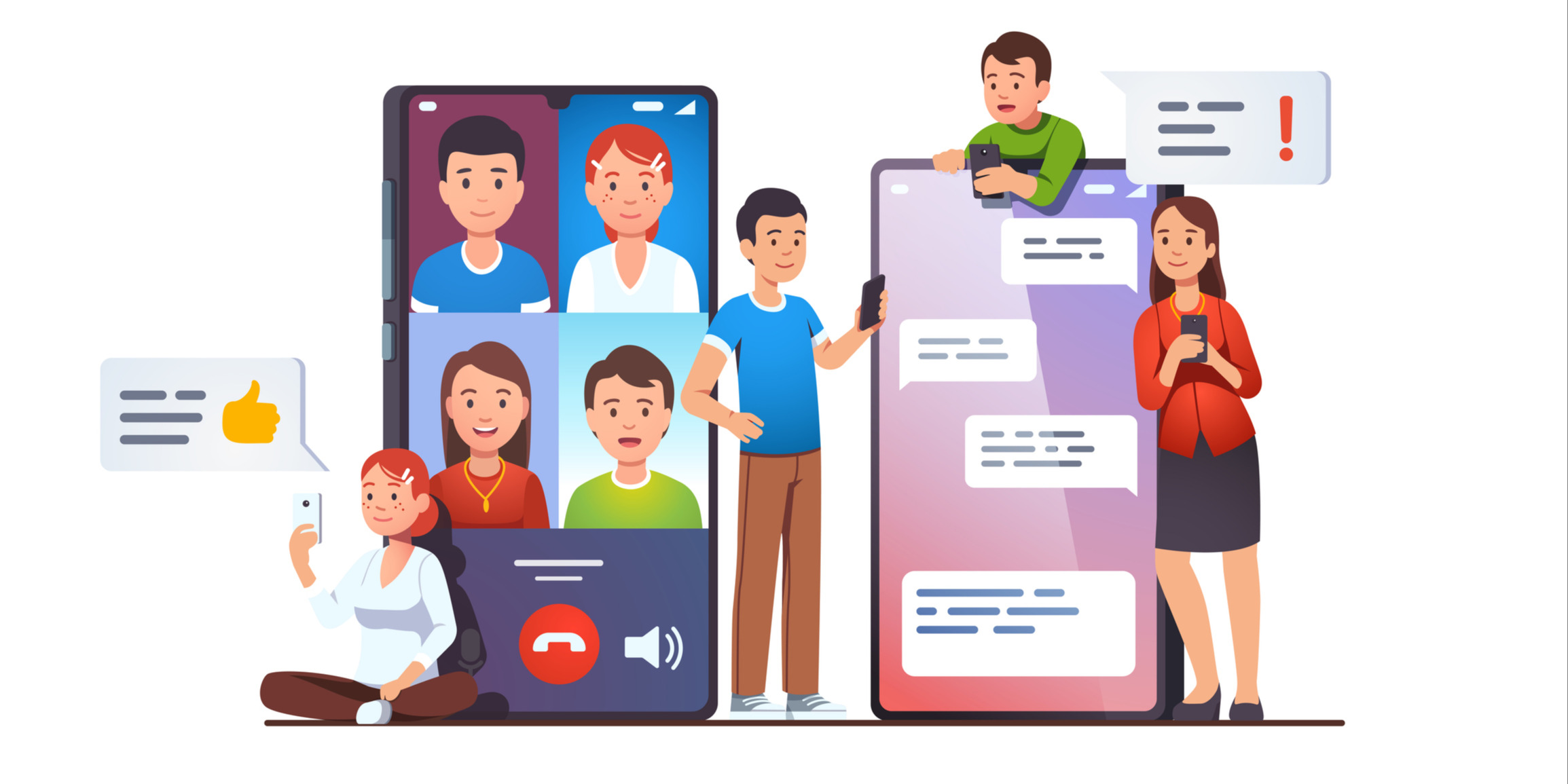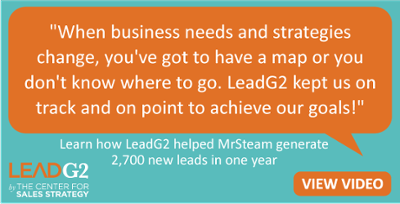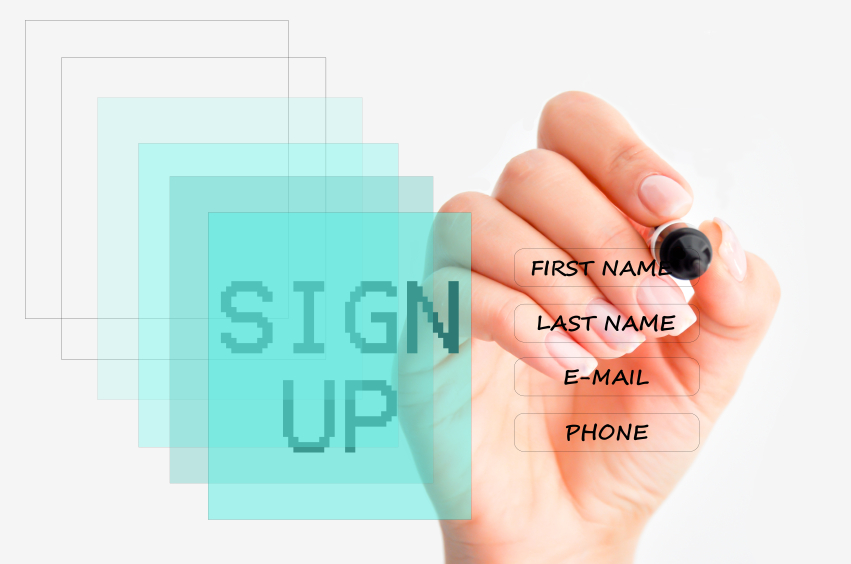How To Create Great Landing Pages For Your Premium Content
Premium content is worth its weight in gold when you’re trying to attract lifelong customers with your inbound marketing strategy. The best kind of ...


The U.S. Small Business Administration recommends spending 7 to 8 percent of your gross revenue for marketing and advertising if you’re doing less than $5 million a year in sales. Whether you're spending thousands or millions on marketing every year, at the end of the day, the opinion of your customers and clients worth more.
When your goal is to have a prospect to take action on a landing page, whether it’s to schedule an appointment or fill out a download form for an eBook, it’s not enough to say “It’s great!” You have to offer up some proof. A single business review can lift conversions by 10%.
 What is Social Proof?
What is Social Proof?Social proof is "the concept that people will conform to the actions of others under the assumption that those actions are reflective of the correct behavior." If you can integrate believable social proof into your landing pages, you’ll increase your conversions exponentially.
Customer testimonials are one of the best and easiest ways to add social proof to your pages, and they're valuable for all types of landing pages. Your testimonials can share the results you got for a client, the customer experience, or what the user learned in an eBook or other downloadable.
To collect testimonials, make it easy for your customers:
There are two components to make testimonials credible: specific details about how you helped (rather than a generic “This changed my life!”) and proof that the person is real, such as a photo, name, company, and job title.
Case studies are testimonials on steroids. They go into detail about the problem experienced by the customer, what he or she had tried in the past that didn’t work, the solution you provided, and the results the customer saw. Case studies take some time to put together, but they are convincing because they go into so much detail. Also, prospects can envision themselves in the case study if they’re experiencing the same problems, and can see what your solution would do for them.
Full case studies are primarily used on product or service landing pages, but on premium content landing pages you can use condensed versions that focus on how a piece of content helped.
If prospects see that hundreds (or even dozens) of others are using your service or have downloaded your content, they’re more likely to think it’s valuable. You’ve seen blogs that say “Join [some large number] subscribers” on their signup forms, but you can use this concept on all types of lead gen forms.
A caveat: If you only have a few subscribers so far, don't use this tactic because it will work in reverse—since not very many people are participating, prospects will think they shouldn't either.
There are myriad unproven and untrue claims online. Social proof is a powerful tool to help you convince prospects of your credibility.

Premium content is worth its weight in gold when you’re trying to attract lifelong customers with your inbound marketing strategy. The best kind of ...

If CTAs are the ‘secret sauce’ to lead generation, then the landing page is the ingredient that allows you to call your sauce a ‘secret.’ You can...

You work hard to get website visitors to a landing page. You’ve probably written blog posts, promoted them on social media, maybe even run an...